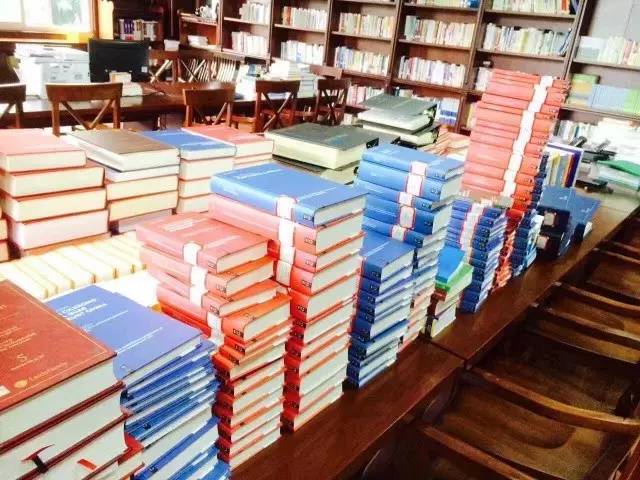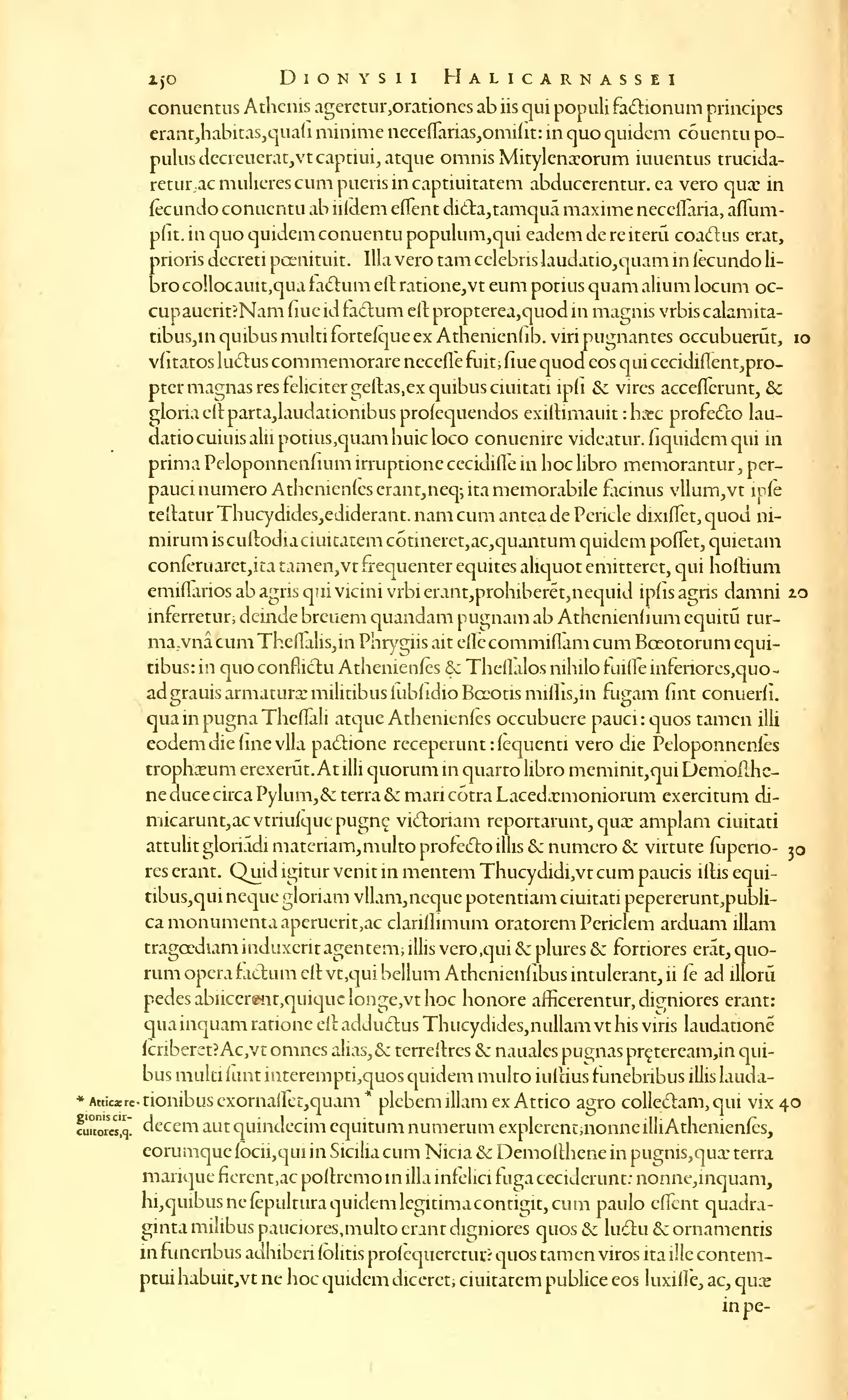

136-264) differ so sharply that each must be presented separately, the text of C is given first (pp. For the portion of the text where C and DEH (pp. An effort has been made to facilitate the reader’s labor for the difficulty which must inevitably remain his indulgence is asked. 136), will show the difficulties of composition inherent in setting up parallel texts of sharply varying length, each with its own testimonia and critical apparatus. A glance at the printed page (beginning with p. Van Courtlandt Elliott, for their valuable editorial advice and most generous assistance in seeing this volume through the press.


Lastly, I take the opportunity of expressing my gratitude to the Mediaeval Academy of America for encouraging my studies and to its able officer, Dr. To dedicate the present volume to these two scholars is a privilege. Their friendship and encouragement have meant more to me than I can say. Lowe of the Institute for Advanced Study and Corpus Christi College, Oxford, and to my lateĬolleague at Hunter College, Professor Ernst Riess. But above all I am deeply indebted to Professor E. Nor can I omit to express my gratitude to Dr. Parry of the University of Illinois for their many helpful suggestions. Loomis of Columbia University and to Professor John J. My thanks are also due to Professor Roger S. Bell, former keeper of manuscripts in the British Museum, who at all times was ready with his advice and assistance. It is also a pleasure and a duty to acknowledge the help received from the librarians of Trinity College, Dublin, and Cardiff Public Library and especially from Sir H.

The relatively rapid progress made in the accomplishment of the task was due in large measure to the congenial and scholarly atmosphere at the Institute. J., made the final preparation of this volume possible. The gracious leaves received from the Trustees of Hunter College, New York, and the kind invitation and subvention from the Institute for Advanced Study of Princeton, N. It was thanks to the generous grants (and publication subvention) from the John Simon Guggenheim Foundation and the American Council of Learned Societies that it was possible to visit the various libraries of Europe and collect the material necessary for the project. It represents the first fruits of an investigation undertaken many years ago and is preliminary to a critical edition of the Historia, based on all manuscripts known to scholars, the larger portion of which (135 in actual numbers) has already been collated.Ī task of this scope could not have been undertaken without outside assistance. The present edition which offers the first critical text of a Variant Version of the Historia, based on manuscripts that hitherto passed under the name of Geoffrey, is only another step in this advance. Two years later, in 1929, two editions of Geoffrey appeared, 2 which constitute a real advance over the older, uncritical editions. Critical work on the manuscripts is still in its infancy, and in these circumstances speculation as to the original form of the Historia and any revision which it may have undergone can only be tentative.


 0 kommentar(er)
0 kommentar(er)
